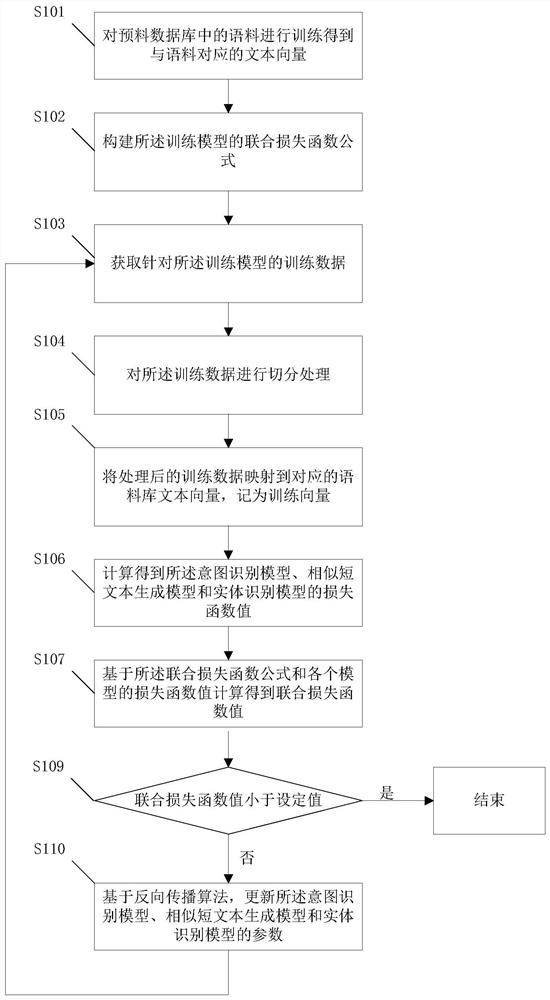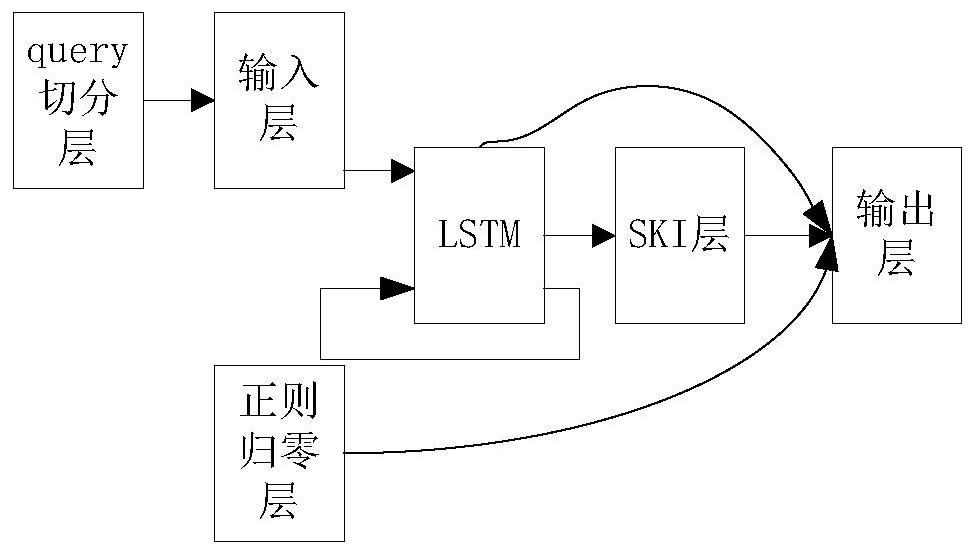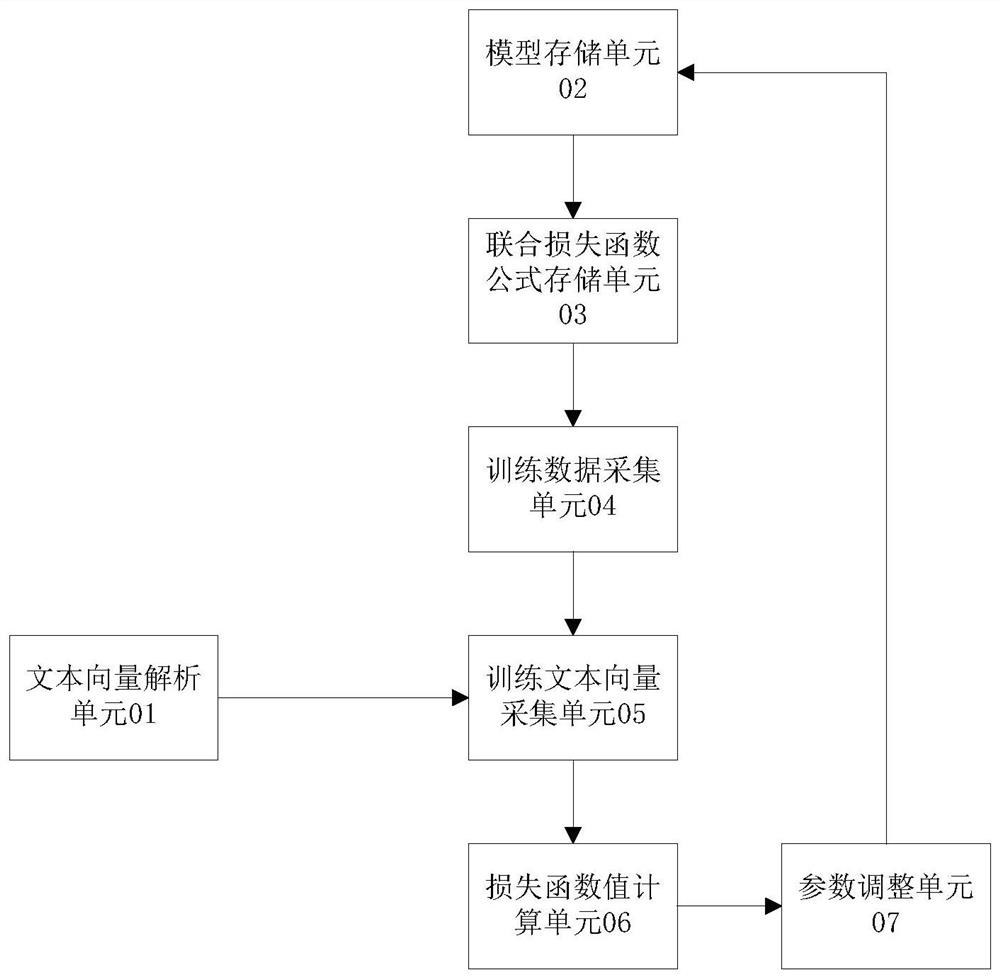A training method, training device and recognition device for intent recognition
A training method and technology of intent, applied in the field of intelligence, can solve problems such as lack of semantics, disturbance of classification results, incomplete short texts, etc., to achieve effective learning, improve generalization ability, and resolve semantic ambiguity.
- Summary
- Abstract
- Description
- Claims
- Application Information
AI Technical Summary
Problems solved by technology
Method used
Image
Examples
Embodiment Construction
[0055] The following will clearly and completely describe the technical solutions in the embodiments of the present invention with reference to the accompanying drawings in the embodiments of the present invention. Obviously, the described embodiments are only some, not all, embodiments of the present invention. Based on the embodiments of the present invention, all other embodiments obtained by persons of ordinary skill in the art without making creative efforts belong to the protection scope of the present invention.
[0056] Aiming at the problem of ambiguity often occurring in the prior art when performing intent recognition on input text, this application discloses a training method for intent recognition, see figure 1 , the method can include:
[0057] Step S101: training the corpus in the expected database to obtain a text vector corresponding to the corpus;
[0058] Specifically, in this step, the corpus text in the corpus is mapped to the semantic space, and the low-...
PUM
 Login to View More
Login to View More Abstract
Description
Claims
Application Information
 Login to View More
Login to View More - R&D
- Intellectual Property
- Life Sciences
- Materials
- Tech Scout
- Unparalleled Data Quality
- Higher Quality Content
- 60% Fewer Hallucinations
Browse by: Latest US Patents, China's latest patents, Technical Efficacy Thesaurus, Application Domain, Technology Topic, Popular Technical Reports.
© 2025 PatSnap. All rights reserved.Legal|Privacy policy|Modern Slavery Act Transparency Statement|Sitemap|About US| Contact US: help@patsnap.com



